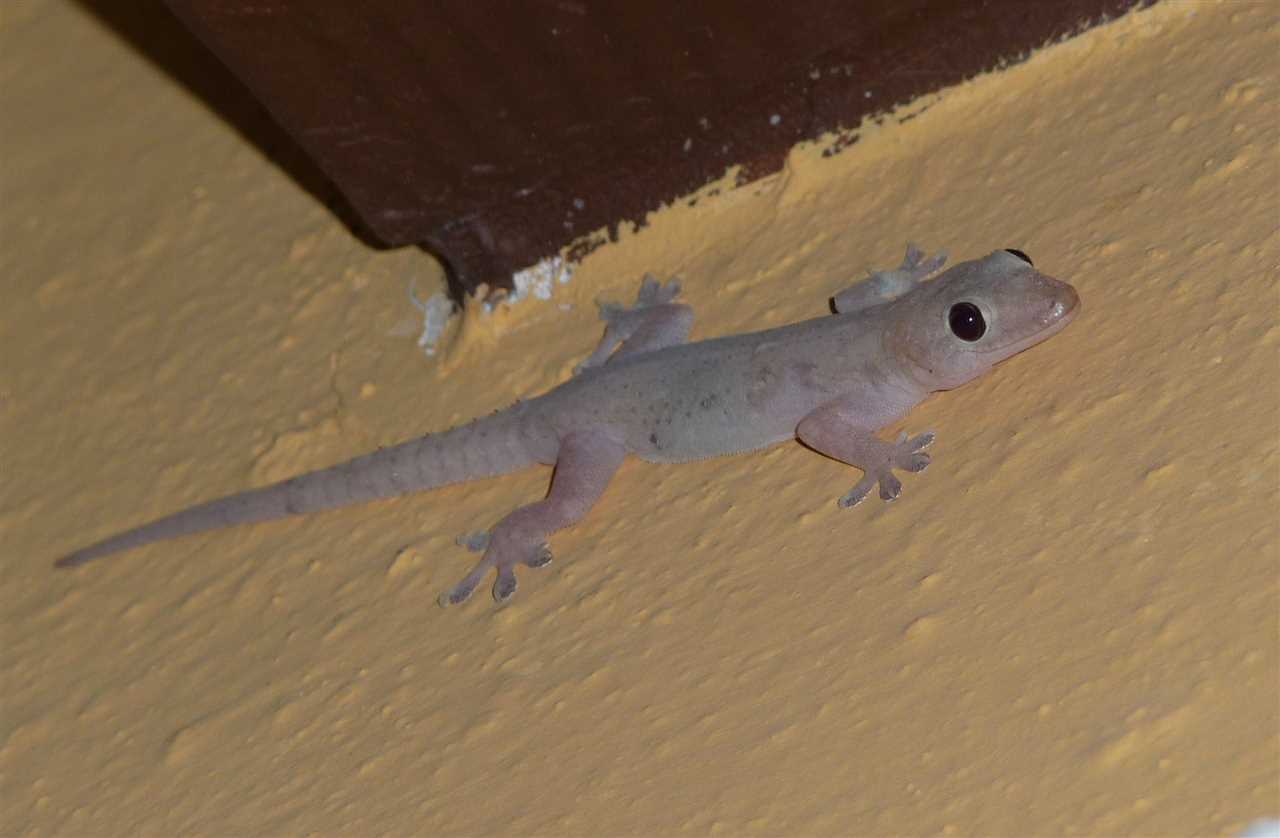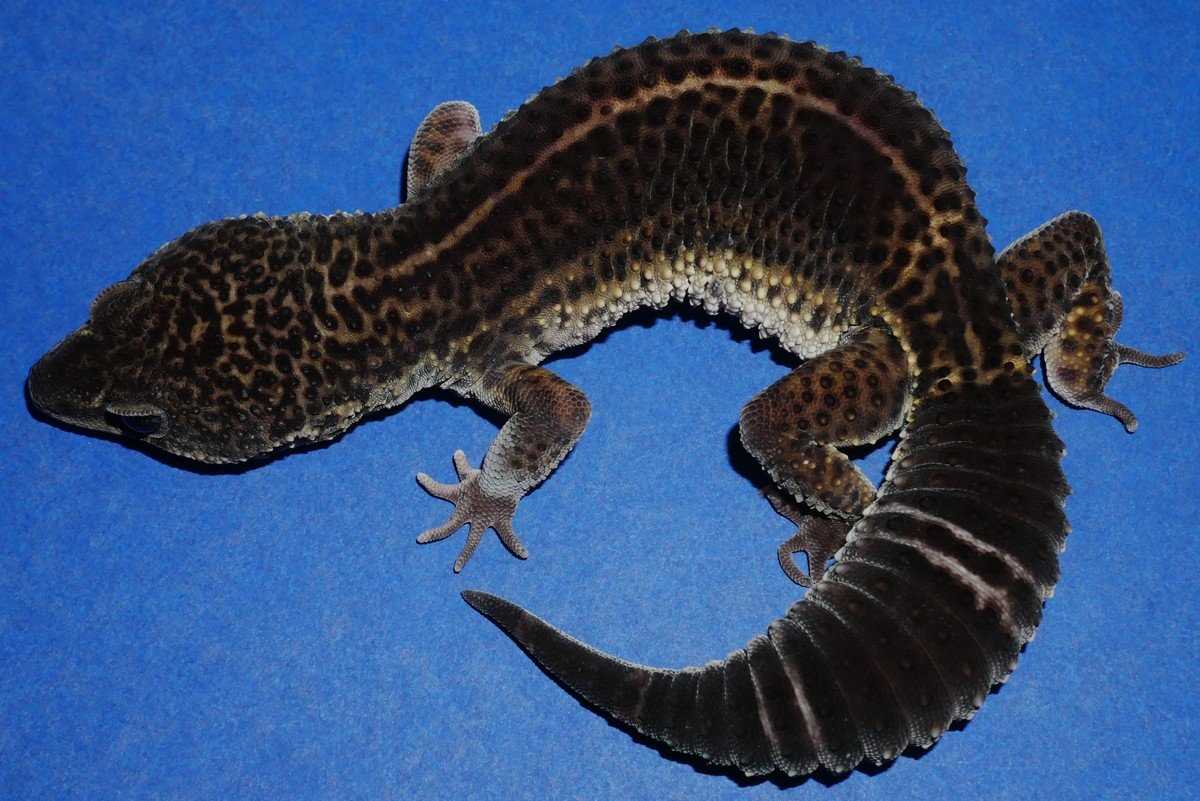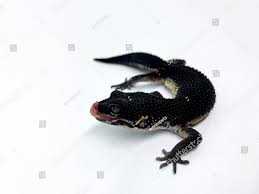
When the sun goes down and darkness engulfs the landscape, a mysterious and captivating world comes to life. This is the realm of the gecko, a creature specially adapted to thrive in the night. With its unique characteristics and behaviors, the gecko has become the embodiment of nocturnal beauty and intrigue.
Another extraordinary trait of the gecko is its ability to see in the dark. Unlike humans, geckos have a unique structure in their eyes called a tapetum lucidum. This layer of reflective cells helps to amplify the available light, making it possible for geckos to see clearly even in the dimmest of environments. Combined with their exceptional hearing, which allows them to detect the faintest of sounds, geckos have become expert nocturnal hunters.
Discovering the Nocturnal World of the Gecko
Geckos are fascinating creatures that thrive in the night. While most people are asleep, geckos come to life, displaying their unique behaviors and incredible abilities. Let’s explore the nocturnal world of geckos and uncover the secrets of these amazing creatures.
At night, geckos use their specialized vision to see in the dark. Their eyes are equipped with a structure called the tapetum lucidum, which reflects light back through the retina, allowing them to see even in low light conditions. This adaptation provides them with a significant advantage when hunting for prey or avoiding predators.
| Nocturnal Behaviors of Geckos |
|---|
| Hunting for prey |
| Avoiding predators |
| Climbing walls and ceilings |
| Vocalizing for communication |
Exploring the nocturnal world of geckos is like entering a different realm. These incredible creatures have adapted to the challenges of the dark and have developed unique behaviors and abilities. Whether it’s their ability to climb walls or their vocalizations, geckos are truly remarkable animals.
Astonishing Facts About Geckos
Nocturnal Behavior
Geckos are primarily night dwellers, meaning they are most active during the night. This nocturnal behavior allows them to avoid predators and take advantage of the cooler temperatures that night brings. Unlike diurnal animals, geckos have adapted to low light conditions and have evolved several features to aid in their nighttime activities.
- Superior Eyesight: One of the most astonishing facts about geckos is their exceptional eyesight. Their large, round eyes are equipped with a high number of light-sensitive cells called rods, allowing them to see perfectly in the dark. This adaptation enables them to navigate their environment and locate prey with incredible accuracy.
- Natural Camouflage: Geckos possess the remarkable ability to change the color and pattern of their skin to blend in with their surroundings. This adaptability allows them to remain hidden from predators while they search for food or engage in other activities at night.
- Sticky Toe Pads: Another astonishing feature of geckos is their unique toe pads. These pads are covered in thousands of microscopic hair-like structures called setae, which create an adhesive effect. This enables geckos to climb vertical surfaces and even walk upside down on ceilings, giving them a distinct advantage when hunting or escaping danger at night.
Overall, geckos are truly remarkable creatures with fascinating behaviors. Their nocturnal lifestyle has allowed them to develop a range of extraordinary adaptations, from superior eyesight to natural camouflage and sticky toe pads. By studying these astonishing facts about geckos, we can gain a deeper appreciation for the incredible abilities and survival strategies of these unique reptiles.
The Unique Behaviors of Geckos
Geckos are also famous for their exceptional vocalizations. While most lizards are silent, geckos produce a wide range of sounds, including chirping, barking, and clicking. These vocalizations serve various purposes, such as communication between individuals, attracting mates, and territorial defense. Some geckos even have unique calls specific to their species.
Another intriguing behavior of geckos is their ability to regenerate their tails. If a predator catches a gecko by its tail, the gecko can detach its tail as a distraction and escape. The tail continues to wriggle, diverting the predator’s attention while the gecko makes its getaway. Over time, the gecko will grow a new tail, although it may not be identical to the original in appearance.
The Incredible Abilities of Geckos
Night Vision
One of the most remarkable abilities of geckos is their exceptional night vision. These reptiles have incredible adaptations that allow them to see clearly in low light conditions. Their eyes are equipped with a specialized structure called a tapetum lucidum, which reflects light back through the retina, enhancing their vision in dim environments. This adaptation gives geckos a distinct advantage when hunting at night, allowing them to spot prey and navigate their surroundings with ease.
Climbing Skills
Furthermore, geckos also possess a remarkable ability to regenerate their tails. If threatened or attacked, a gecko can intentionally shed its tail as a defense mechanism. The detached tail will continue to move, distracting the predator while the gecko escapes. The gecko can then regenerate a new tail, complete with bone, muscle, and skin, though it may not be an exact replica of the original. This ability to regenerate lost body parts is a rare and impressive attribute that sets geckos apart from many other reptiles.
Adaptations and Survival Strategies of Geckos
Geckos are fascinating creatures that have evolved a range of adaptations and survival strategies to thrive in the nocturnal world. These adaptations allow geckos to navigate their environment, find food, and avoid predators in the darkness of night.
Nocturnal Vision
One of the most remarkable adaptations of geckos is their exceptional nighttime vision. Geckos possess specialized cells in their eyes called rods, which are highly sensitive to low levels of light. This enables them to see clearly even in the dimmest of conditions. Additionally, geckos have vertical pupils that dilate in the dark, maximizing their ability to gather light and enhancing their vision further.
Camouflage
Geckos have developed incredible camouflage abilities that allow them to blend seamlessly into their surroundings. Their skin is often covered in intricate patterns and colors that mimic their environment, making them difficult to spot by predators. Some geckos can even change the color of their skin to match their surroundings, further enhancing their camouflage.
Gripping Feet

Vocalizations
Another survival strategy employed by geckos is vocalization. Many species of geckos produce unique vocalizations, such as chirping or barking sounds, to communicate with each other. These vocalizations serve a variety of purposes, including attracting a mate, warning off rivals, or displaying territoriality. By using vocalizations, geckos can effectively communicate and establish their presence in their nocturnal habitat.
Regeneration
Geckos have the incredible ability to regenerate lost body parts, including their tails. If a gecko’s tail is caught by a predator, it can detach the tail as a defense mechanism. The lost tail will continue to wriggle and distract the predator, while the gecko makes its escape. Over time, the gecko will regenerate a new tail to replace the lost one. This regeneration process is a unique adaptation that allows geckos to survive and reproduce even after encountering predators.
Geckos as Pets: Pros and Cons
Pros:
1. Low maintenance: Geckos are relatively easy to care for compared to other pets. They require minimal grooming and don’t need to be taken for walks or let outside. Regular cleaning of their enclosure and providing them with appropriate food and water are the primary responsibilities.
3. Quiet companions: Geckos are generally silent creatures, making them suitable pets for those living in apartments or shared spaces. They don’t bark, meow, or make loud noises, which can be appealing for individuals who prefer a peaceful environment.
4. Long lifespan: Some species of geckos can live for a relatively long time compared to other small pets. With proper care, a gecko can live anywhere between 10 to 20 years, providing a long-lasting companionship.
Cons:

1. Nocturnal habits: Geckos are primarily nocturnal creatures, which means they are most active during the night. This can be a disadvantage for individuals who prefer to interact with their pets during the daytime when they are more likely to be sleeping or hiding.
2. Specialized diet: Geckos have specific dietary requirements that may not be readily available or convenient for everyone. They primarily eat live insects such as crickets and mealworms, which may need to be purchased or bred separately.
3. Fragile nature: Geckos have delicate bodies and can be easily injured if mishandled or dropped. Their tails, in particular, are prone to breaking, although they can regenerate them over time. Extra caution and gentle handling are necessary to ensure their well-being.
Conservation Efforts for Geckos
Geckos are fascinating creatures that are found in various parts of the world. However, due to habitat loss, climate change, and illegal wildlife trade, many species of geckos are facing the threat of extinction. Conservation efforts are crucial to protect these unique reptiles and ensure their survival for future generations.
One important aspect of gecko conservation is the preservation of their natural habitats. Geckos are adapted to specific ecosystems, and any disruption to their habitat can have a detrimental impact on their population. Efforts should be made to protect and restore the forests, deserts, and other environments where geckos reside.
In addition to habitat conservation, measures need to be taken to combat the illegal trade of geckos. Many species of geckos are sought after in the exotic pet trade, and this has led to the capture and smuggling of these reptiles. Strict regulations and enforcement are necessary to deter and punish those involved in the illegal trade.
Education and awareness programs also play a crucial role in gecko conservation. By educating the public about the importance of these reptiles and their role in the ecosystem, people can develop a greater appreciation for geckos and their conservation needs. This can lead to a change in attitudes and behavior, helping to reduce the demand for geckos as pets and promoting responsible practices.
Research is another key component of gecko conservation. By studying the biology, behavior, and ecology of different gecko species, scientists can gain valuable insights into their needs and vulnerabilities. This information can then be used to develop effective conservation strategies and management plans.
Lastly, collaboration between governments, conservation organizations, and local communities is essential for successful gecko conservation. By working together, these stakeholders can pool resources, share knowledge, and implement coordinated efforts to protect gecko populations and their habitats.

I’m Lena Adams—a product of an unconventional upbringing in the African wilderness. My father, a daring explorer of African wildlife, sparked my fascination with reptiles, a passion that intertwined with the tragic loss of my mother during an expedition, leaving an indelible mark on my life. Driven to understand the creatures that captivated my parents, I embarked on my journey, sharing insights about reptiles, frogs, and lizards on my website. Through my explorations and conservation efforts, I honour my family’s legacy while seeking connections—to the creatures, nature, and the mother whose presence I yearn to understand.
